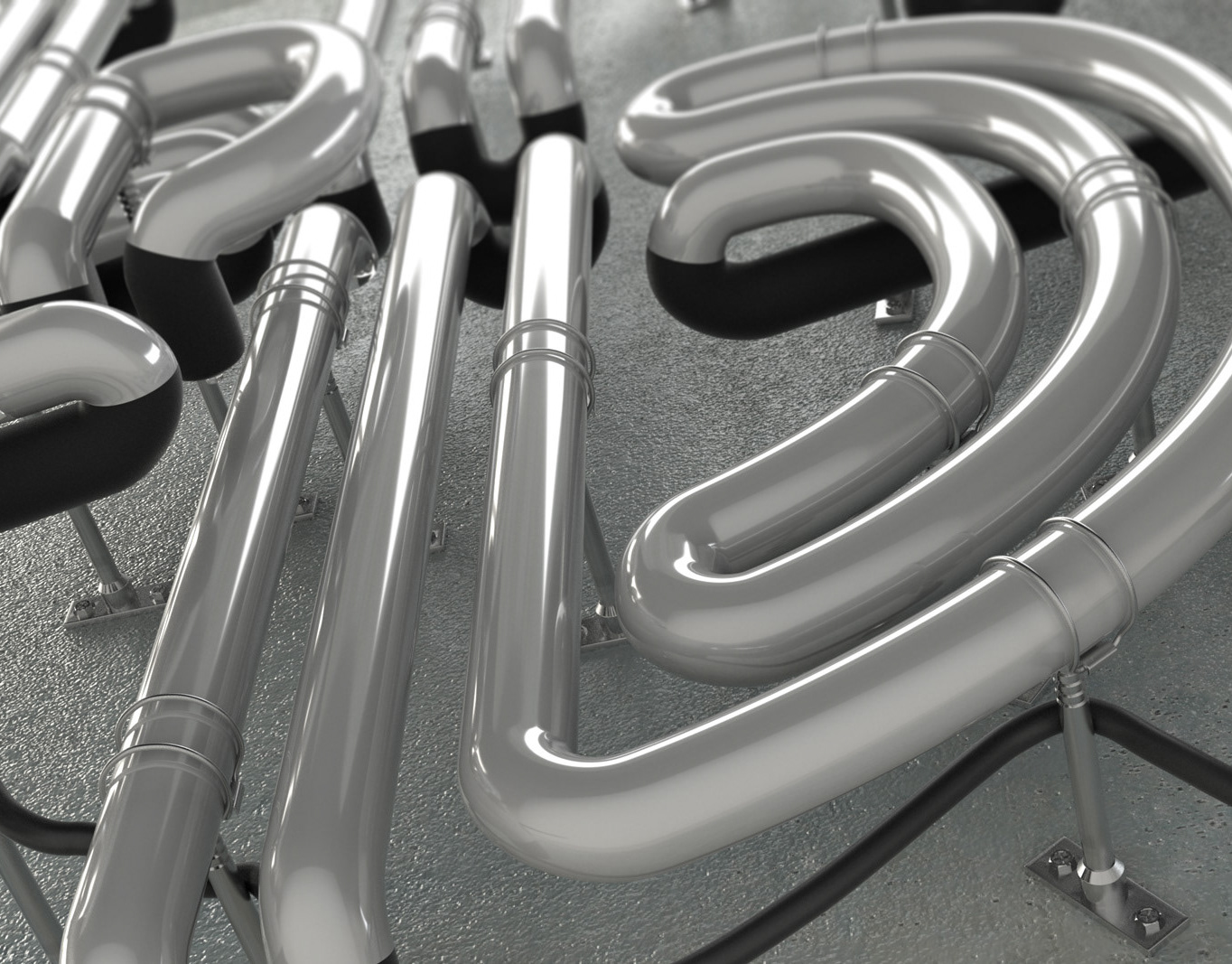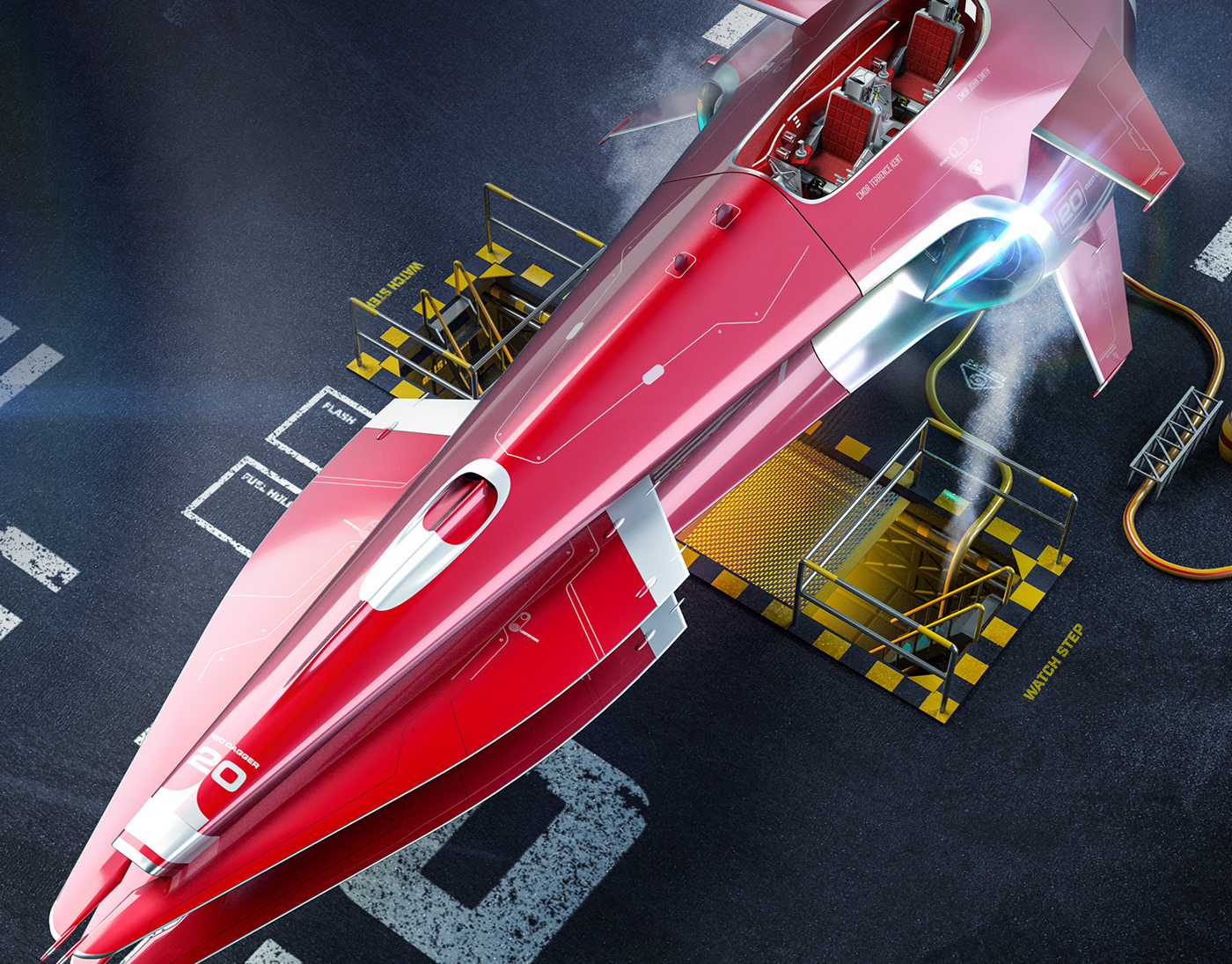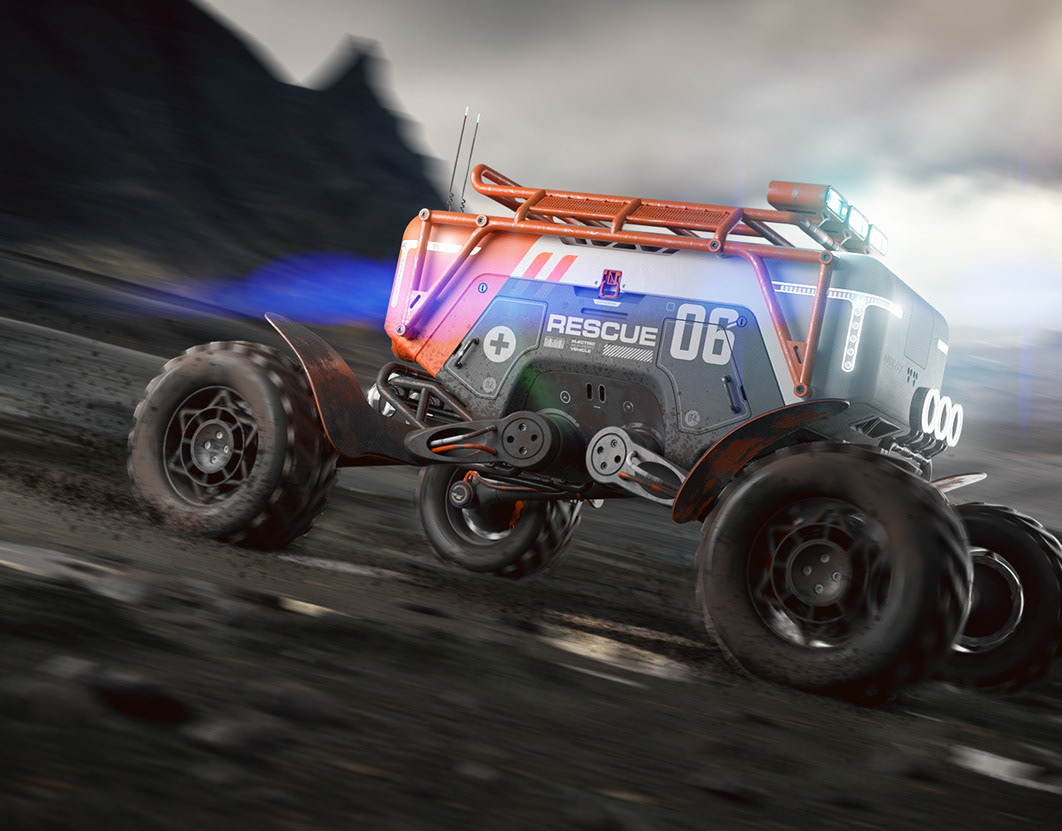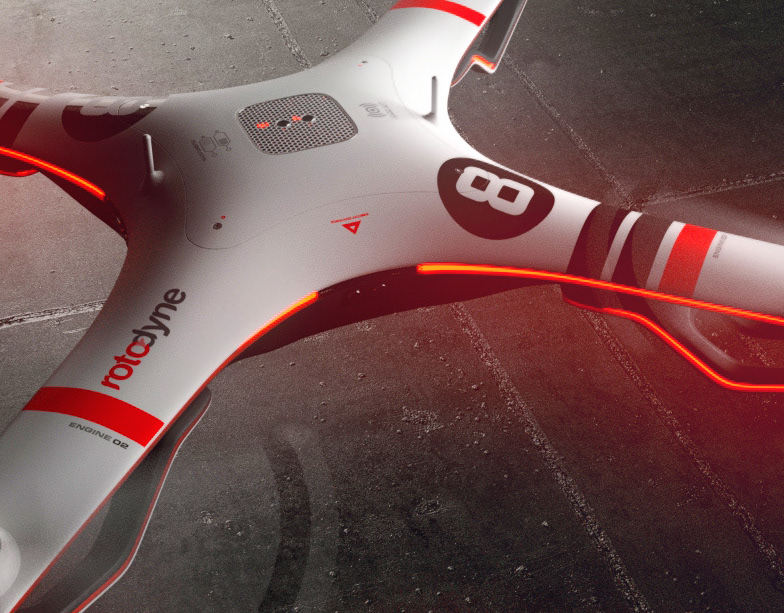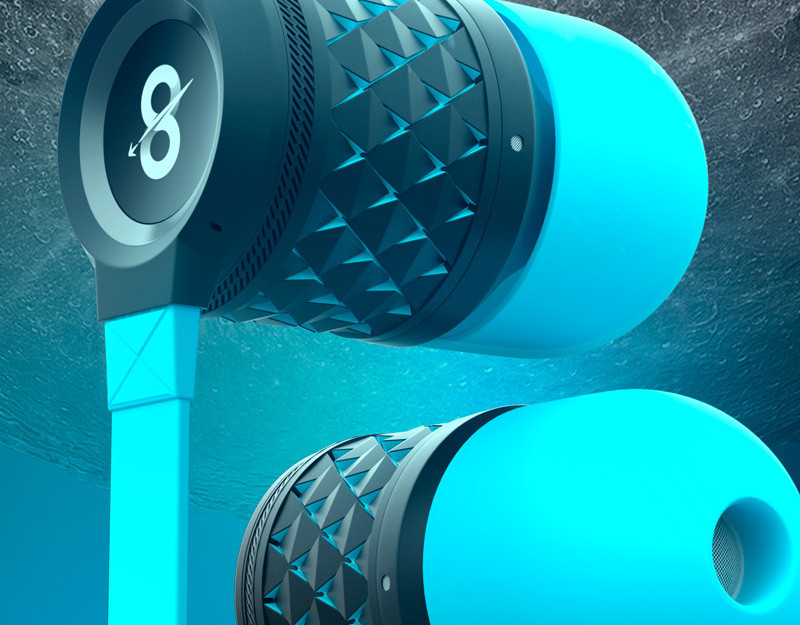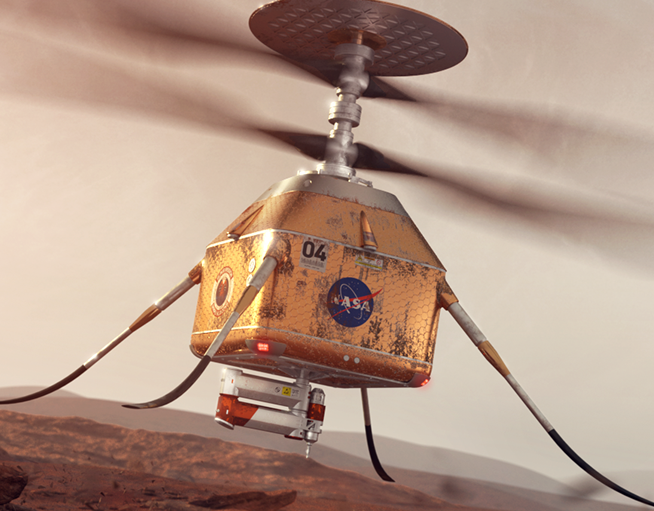#11 from the side. The teardrop shape is perfect for straight line speed.
A Ford v8 powers the #11. Some modifications required.
Out on the flats. Not wearing my Nomex suit and helmet.
#11 picking up speed for its first run.
Belly tank racers (or tanksters) date back to the late 1940's when returning G.I.'s and automotive engineers took the wing tanks from piston aircraft and transformed them into light, stripped-down straight line racers. The idea being that the teardrop shape of the tank would provide the perfect aero-body for fast, record-breaking automotive machines.
